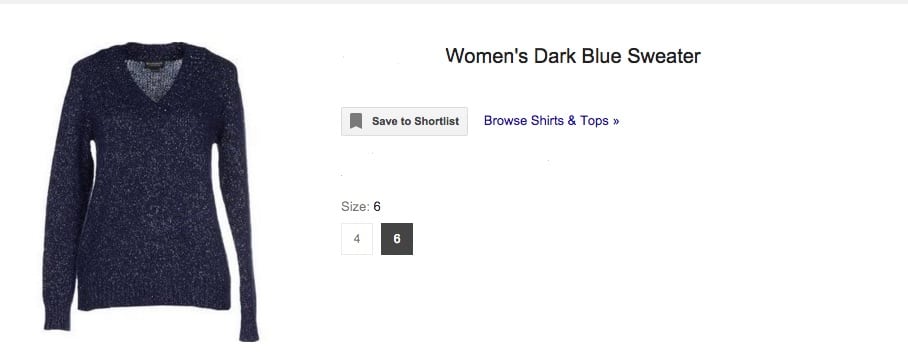SEO. Only three letters, but oh so important. And when it comes to driving traffic to your product pages, SEO importance only grows. Unfortunately, writing product descriptions are often a hurried afterthought in the process of creating a new page and treated as a ‘check the box’ type activity or worse — not considered at all.
We see it all the time. Ecommerce retailers spend a significant amount of time designing their websites — figuring out what color palettes best represent the brand, what images best illustrate the product or what design differentiates from the competition. They launch their website, time passes, data accumulates and after some testing, the website traffic metrics are in. Bad news: they are uninspiring.
Although retailers have been innovating their digital properties to keep up with the times, their content management practices remain stuck in the past. Per leading research firm, Gartner, “leaders charged with driving the digital channel can no longer rely on the content management practices and technologies that were established 20 years ago. Laying out pages and templates, authoring your own content, segmenting customers, manually writing rules to push content to broadly defined segments are inadequate practices for the digital age.”
Unique, fresh, descriptive content is essential to driving traffic, click-throughs and conversions, but many ecommerce retailers spend too much time and money creating content and mistakenly take the following antiquated approaches when describing their products or services, harming their SEO rankings in the process.
“The pictures speak for themselves, we don’t need a written description.” – Without a text description of the product, you are reducing the chances your page will show up in the top 10 of a search engine query, even in the case of low-frequency queries. Search engine algorithms cannot gain context from images. They need actual text in order to interpret what is important on the page, so it’s important to include a description, no matter how brief.
 For example, this picture tells us everything about the sweater but images aren’t the only thing that matters to a search engine.
For example, this picture tells us everything about the sweater but images aren’t the only thing that matters to a search engine.
“We can just use the manufacturer’s description!” – Pulling the description verbatim from the manufacturer basically ensures that your site will be penalized by search engines. These descriptions are distributed to many online stores and the majority keep the text in its original form. This leads to numerous pages with the exact same content and filters from Google. In addition to being penalized by search engines, these descriptions are problematic because they are rarely written in a way that sells.
“Let’s duplicate content.” – Don’t fall victim to the duplication trap. Repeating the same content on multiple pages hurts SEO because Google ranks on unique content. The search engine has been getting better and better at kicking websites down in rankings due to duplicate content and content scraping.
Particularly for those retailers with thousands or millions of SKUs, creating unique content is a daunting task. Fortunately, there are innovative ways to update your content strategy without additional resources. Examples include putting a NO INDEX meta tag on product pages that you can’t write unique content for or utilizing advanced natural language generation (advanced NLG) technologies to generate unique descriptions, in seconds, and at a scale only possible with software. Indistinguishable from what a human would write, advanced NLG solutions create high quality, variable descriptions that change when the underlying data changes.
“We’ll deal with our mobile site later.” – Google just made a significant change to its ranking system to expand the role of mobile-friendly design. Additionally, recent research from last year’s holiday season shows that roughly 60% of ecommerce purchases occurred on mobile. Just like your page design, your page content needs to be sensitive to smaller screens. This means you need two versions of your content, short and sweet for buyers with limited screen space or more verbose versions for those on laptops. The additional benefit of using advanced NLG technologies is the ability to tailor descriptions in real time to different lengths and depth, all with a simple adjustment to an API call.
There are many factors to consider when nailing down your ecommerce product descriptions strategy, and it can seem overwhelming (especially if you have a vast product inventory list). You may be tempted to push it down the priority list. Instead, take a step back, understand the solution is more simple than you might think, keep calm and SEO on.
Keelin McDonell is vice president of professional services at Narrative Science